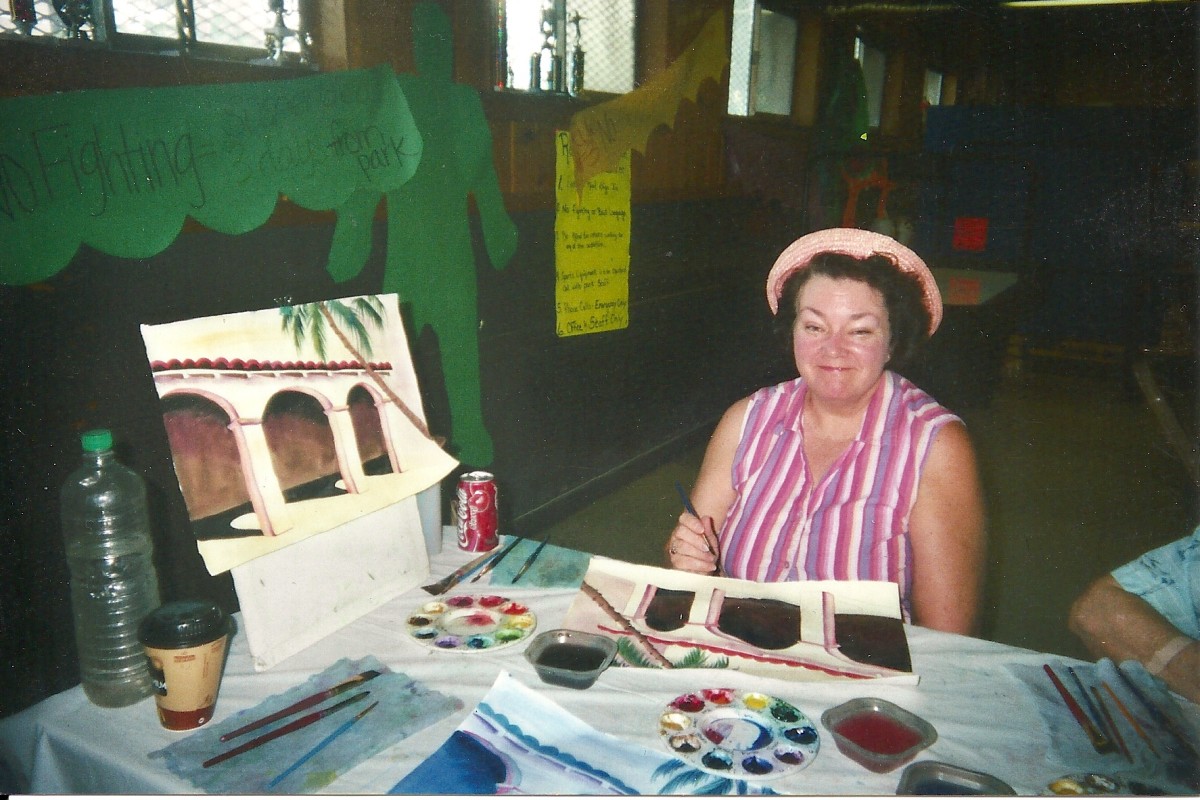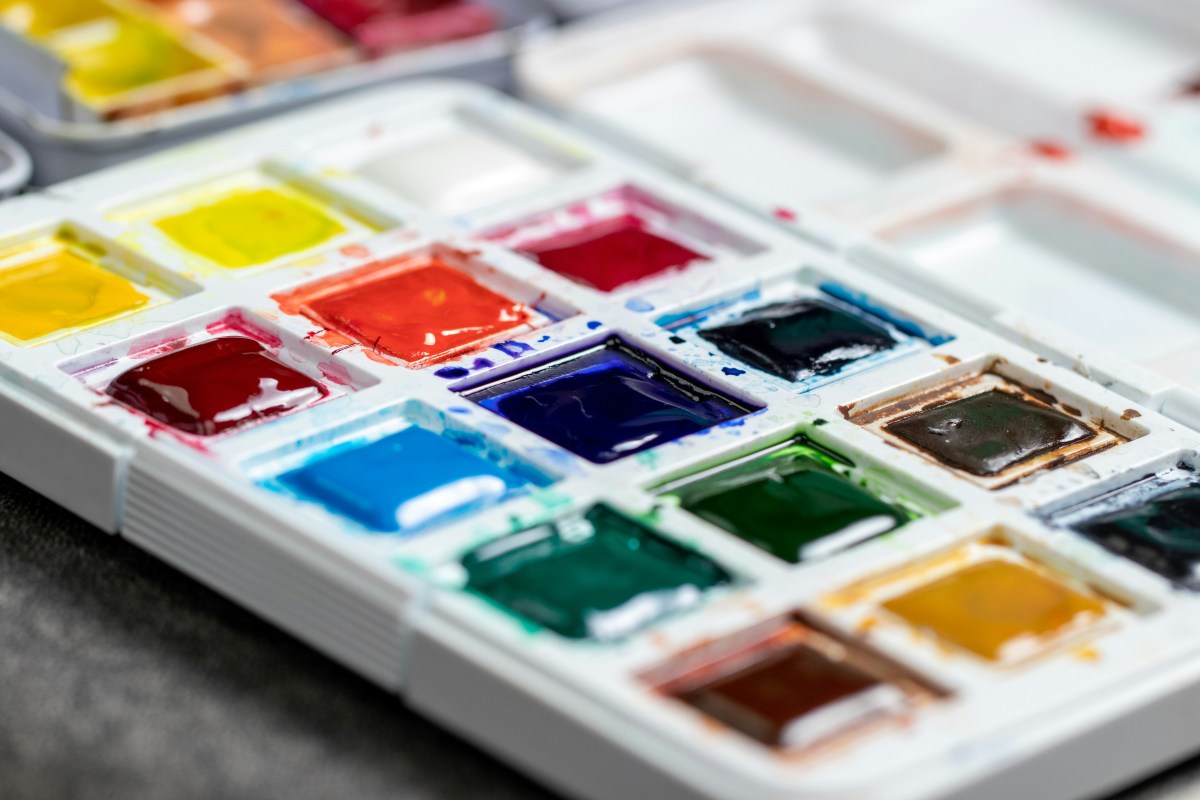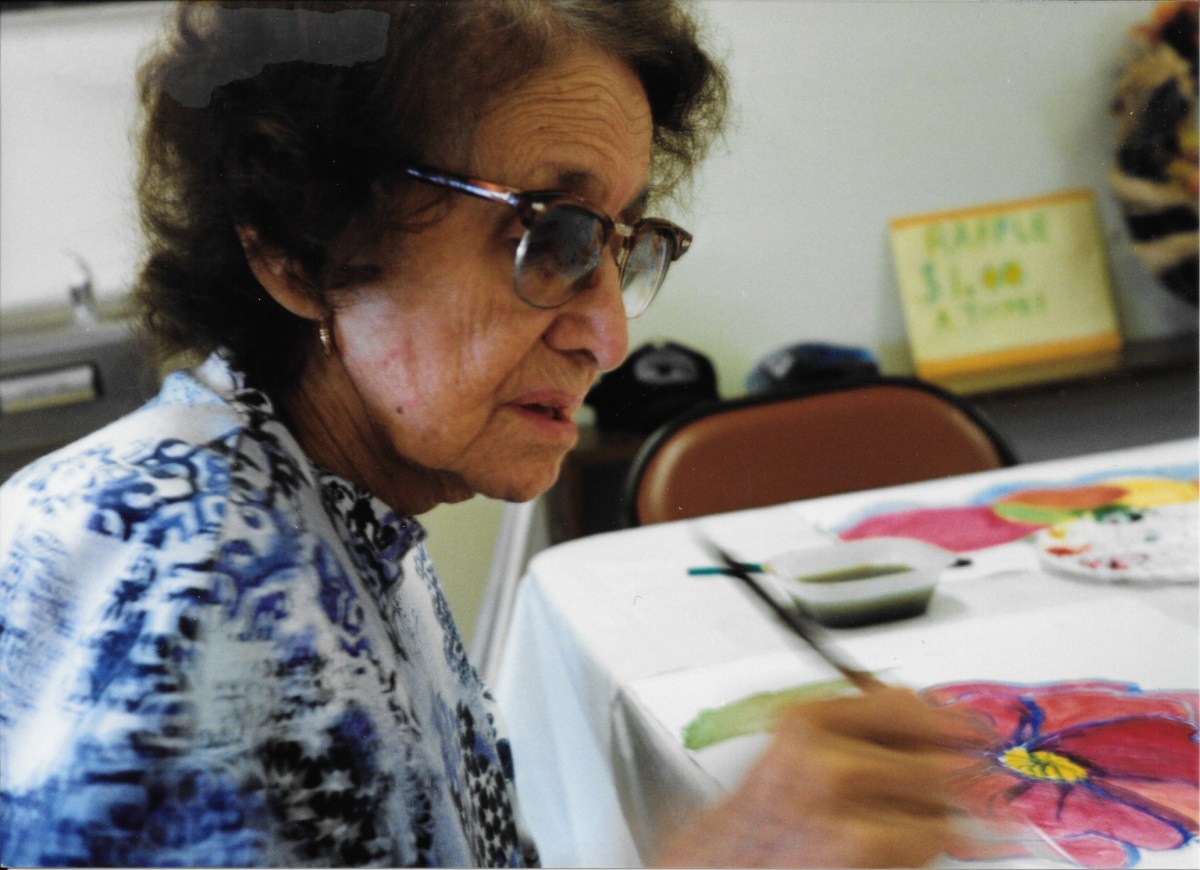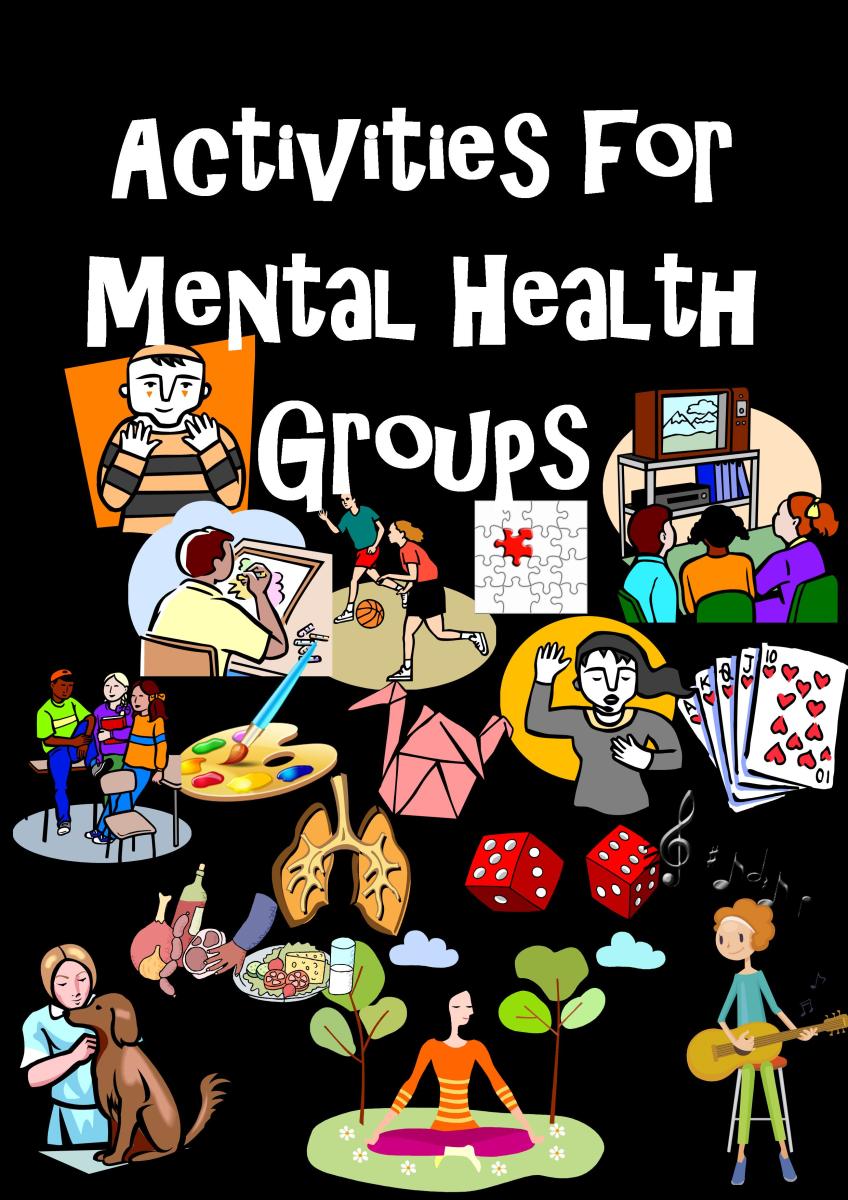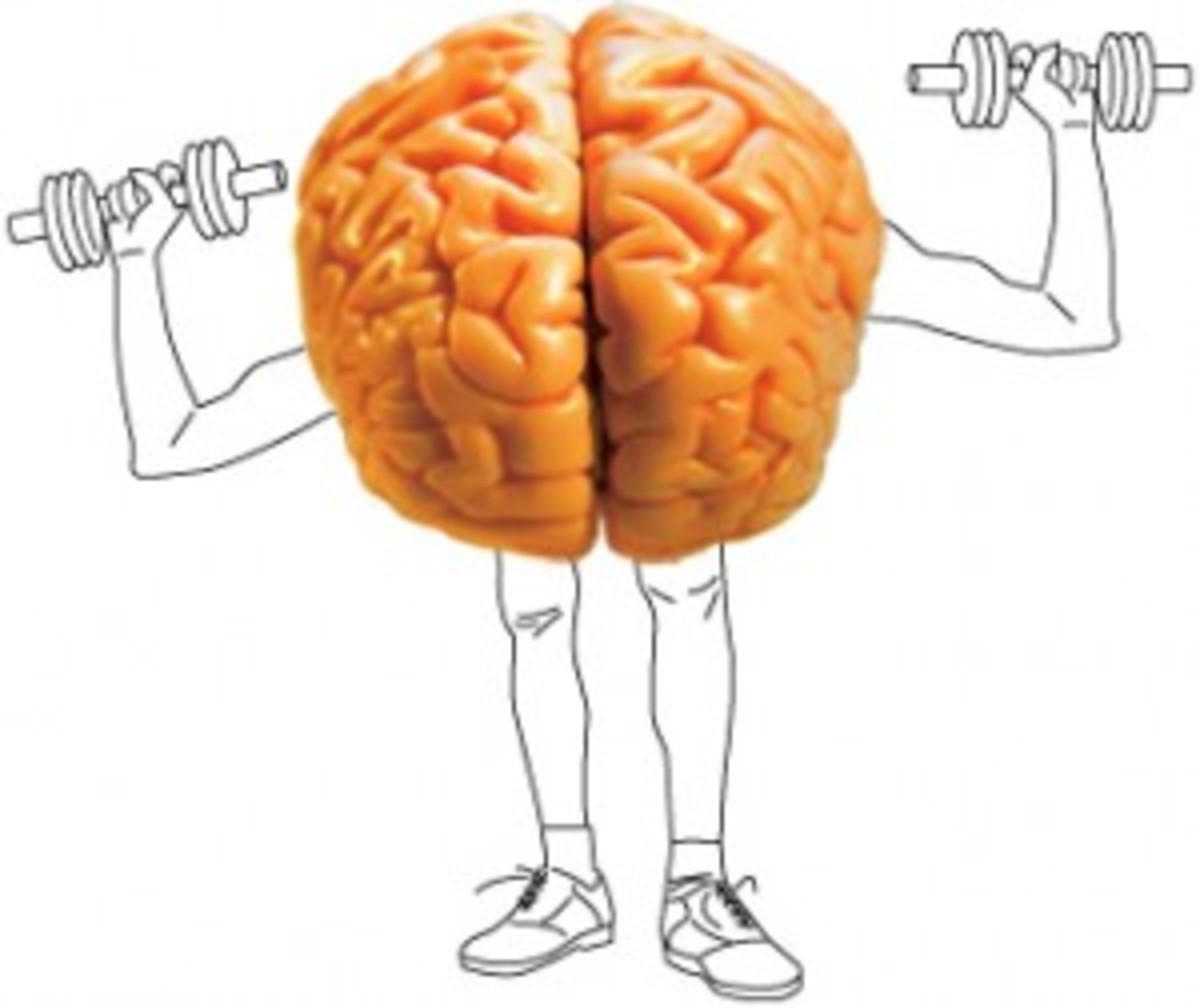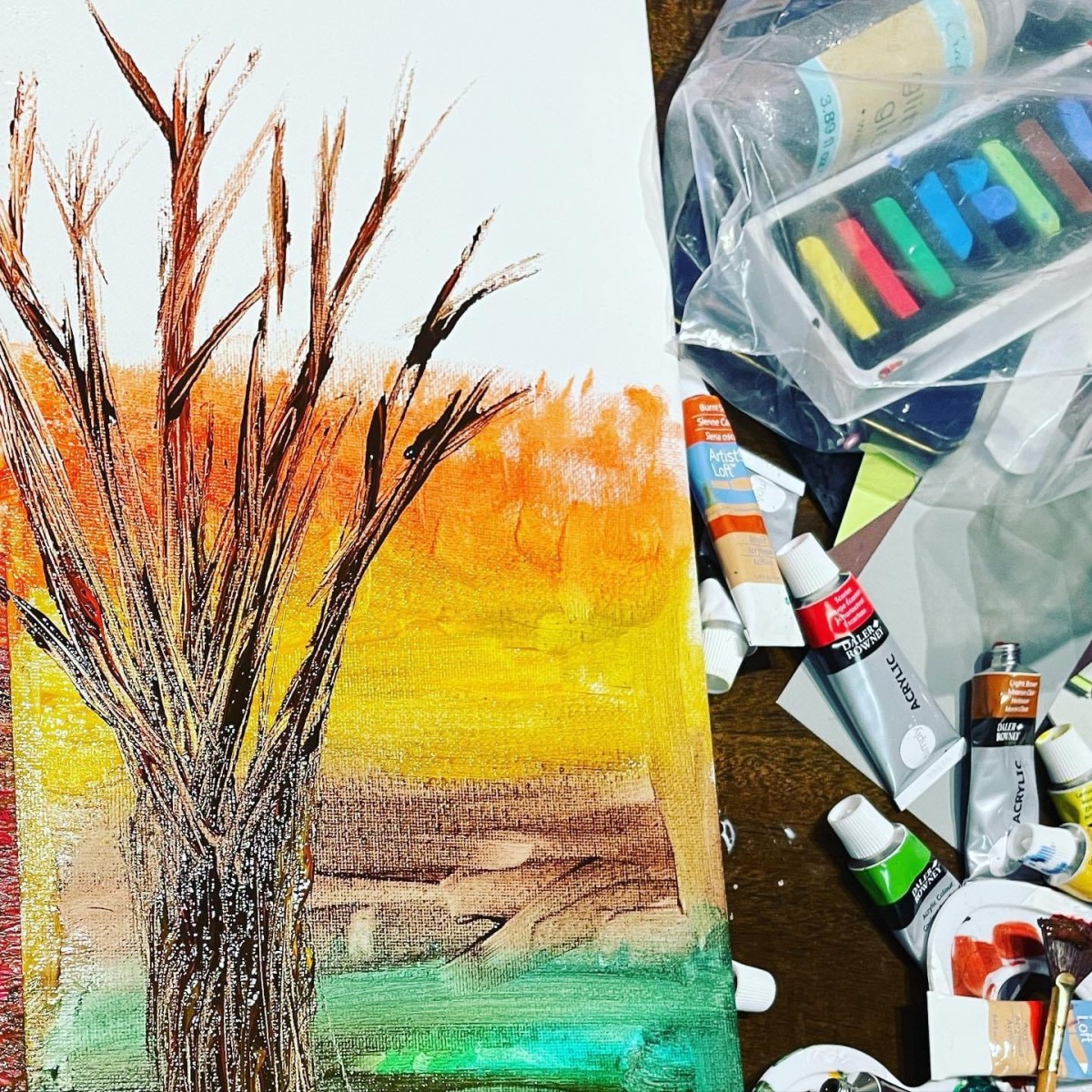Painting the Colors of Your Mind
Peacock Dream by Sherri Tuck
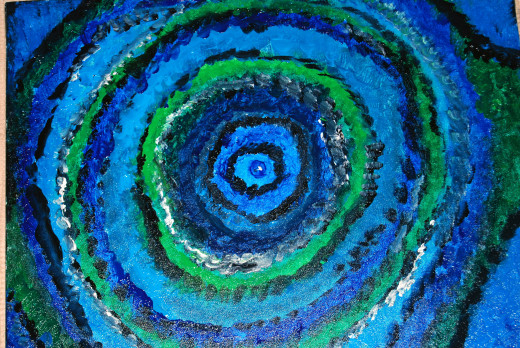
The Therapeutic Benefits of Abstract Art
“Art washes away from the soul the dust of everyday life.”
― Pablo Picasso
This past week I attended a seminar at a local university on the healing with art therapy. In the seminar, I learned that art has healing properties. Patients exposed to art therapy seem to have an improved mental outlook and quicker recovery period. Art therapy includes (but is not limited to) writing groups, dance, music, and painting. The lecture made me think how art helps me to work through my own personal issues. As I thought about my own personal love of art, I began to understand why art therapy has such positive results.
When I paint, I usually paint abstracts. I refer to the process as "painting the colors of my mind." If I am angry, my paintings will feature shades of red. If I am calm and relaxed, my paintings will often be blue. Regardless of my mood, the process of putting brush to canvas allows me the opportunity to take what I am feeling and transform it into something colorful and exciting. Often the process results in taking negative emotions like sadness and anxiety and turning these negatives into works of art.
I like to paint abstracts because they are just plain fun. I can sling paint all over the canvas. I can take the brush and paint circles, lines or squares. In the world of abstracts there are no rules or limitations. There is only freedom of expression.
When we are plagued with physical or emotional problems, we often have trouble articulating our feelings. However, when we engage in a constructive activity like art, we acquire a voice that lets us communicate what we are truly feeling inside our minds and our bodies. Sometimes others may not be able to see our intent, but the message is clear to us.
Keeping emotions bottled up inside of us is dangerous. If someone is recovering from an illness or an injury, their overall emotional state is important to their recovery time. Frustration, anger, depression, and anxiety can and will impede the recovery process if the emotions are not treated along with the illness. Think of a time when you may have been incapacitated. How did you feel? Were you depressed, angry, or frustrated? Perhaps you may have had a lengthy stay in the hospital. What did your room look like? Were there pictures on the wall? Did you hear music?
We really do not stop to think about the link between art and healing. In the North Carolina Museum of Art, there is an abstract painting that I love. It is a painting by a survivor of the Holocaust. In the painting, I see elements of this person's suffering. There are symbols that represent the horror of time of great tragedy and crimes against humanity. The painting is massive. When I look at the painting, I feel connected to the artist's humanity, and I begin to understand the feeling that went into this splendid piece of art as the artist painted "the colors of his mind."



